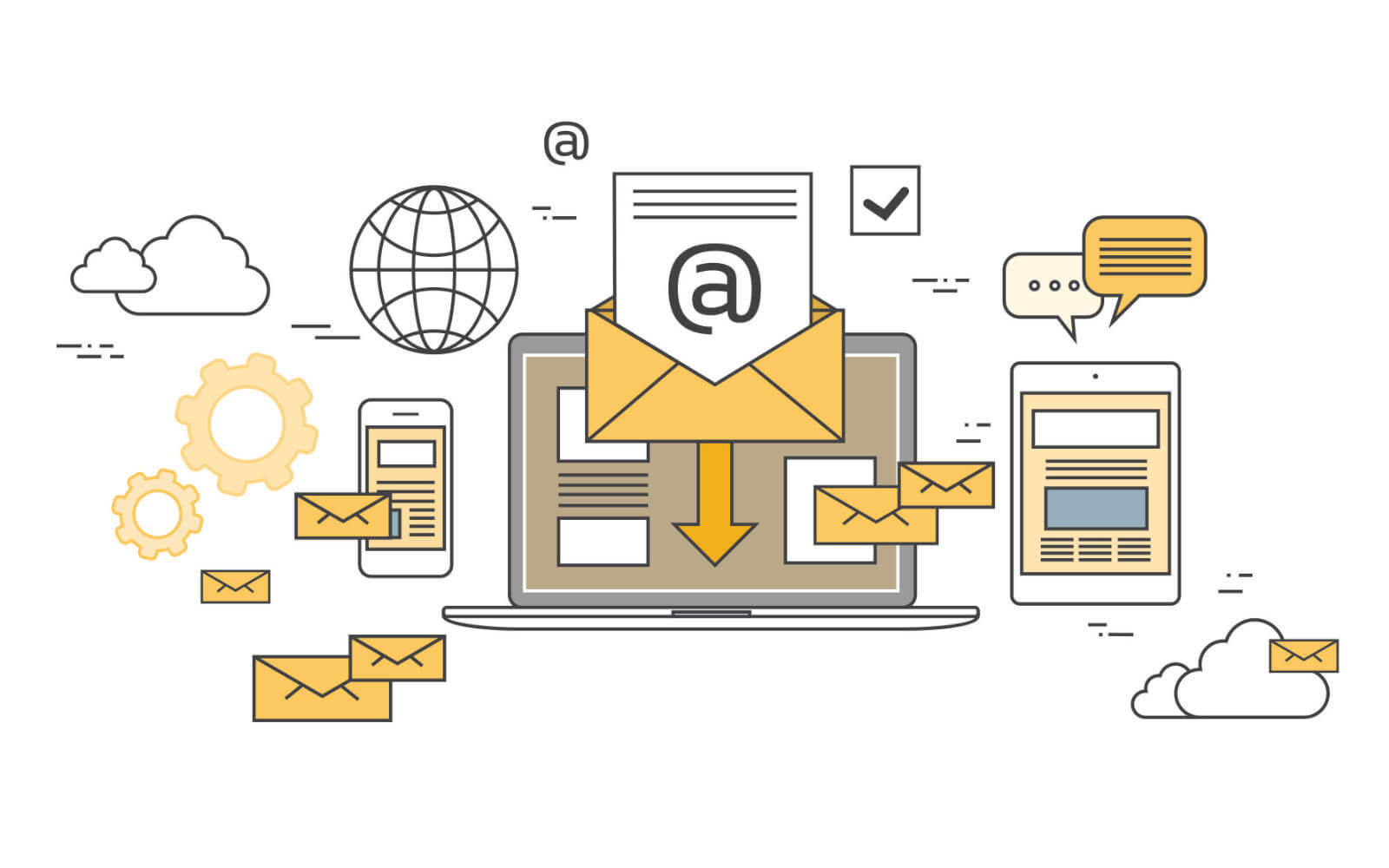
Email marketing is one of the most effective marketing tools for many businesses. According to a study by ExactTarget, 77% of consumers prefer to receive permission-based marketing communications through email. Email Marketing is also a way to reinforce relationships through special offers or bonus content and to keep your product or service top-of-mind.
How To Engage Your Customer Through Email Marketing
- Identify yourself: Your email campaign will fail if you do not tell the recipient who you are and why you are contacting them. Scads of copy have been written on writing a winning subject line, but if your customer doesn’t recognize you, most email newsletters will go unopened, regardless of the offer. Most email client servers allow you to add a bit of text at the top. Take advantage of that opening because people often forget what they’ve subscribed to, and you may end up with spam complaints. You also may want to consider a double opt-in if this is a concern.
- Keep it short and concise: A precise, compact subject line followed by short declarative sentences should keep your readers opening your email and moving them through the copy to your desired outcome.
- Develop trustworthiness: A straightforward way to achieve this is to identify on your sign-up form precisely what a subscriber can expect and the frequency of your newsletter. Then, regular communication will solidify the bond (assuming you consistently provide value.) But beware of the urge to over promote. Keep your message educational, relevant and timely. Depending on your frequency, you may want to consider reducing to 10% self- promotion. Another thing is to provide an easy way to unsubscribe to maintain an active and engaged subscriber list.
- Create visual appeal: We’ve all become a lot more visible, and as a result of that consumer’s expectations have risen. There is any number of excellent email service providers who offer both beautiful templates as well as the ability to customize the HTML to create exactly the look and feel you want. When adding images, keep the size small, or you may risk having them blocked. Another consideration is to include the ‘alt text,’ which means alternative text that appears when images are loaded in an email. People may not have pictures enabled, (this is the default setting in Gmail, for example), make sure your photos have this essential component.
- Segment your list: Most likely, your email newsletter will serve more than one purpose. You do not want to cram in educational information with event reminders and end with a postscript inviting them to take a survey. For B2B companies, you want to differentiate between prospects and customers at a minimum because they are at a different stage I the buying cycle; one needs to be nurtured, and the other represents a possible upsell. For B2C, you can do the same, but you can also identify your top customers and offer loyalty incentives. It may be a little trickier for B2B. The point is to tailor your messages accordingly.
- Provide value: But reliability isn’t quite enough, is it? Sending information that isn’t targeted or useful to your audience won’t be valuable. And consistency won’t matter one bit if what you’re offering isn’t making your customers’ lives better. If you haven’t engaged with your audience in a while, this might feel a bit intimidating. But the reality is that this is a massive opportunity for you to show them why they should stick with you. Think about what would make their lives easier. How you can help them or make them smile
- Educate and delight: We all like to think that we know everything, but the reality is that we don’t. And that creates a delicate situation. You may have valuable information to provide, but do you share it in a way that’s not condescending or remedial? The first thing you need to do is to know your audience. You may need to segment your distribution lists into several different segments to appeal to varying levels expertise. But if you’re not quite ready for segmentation, don’t worry.
- Provide a clear call to action: If you’ve done all of the above, it’s a simple step to “ask for the order.” Whether it’s a simple request to click through to read a blog post, watch a video demo or share on social networks, make the desired action simple and clear.





